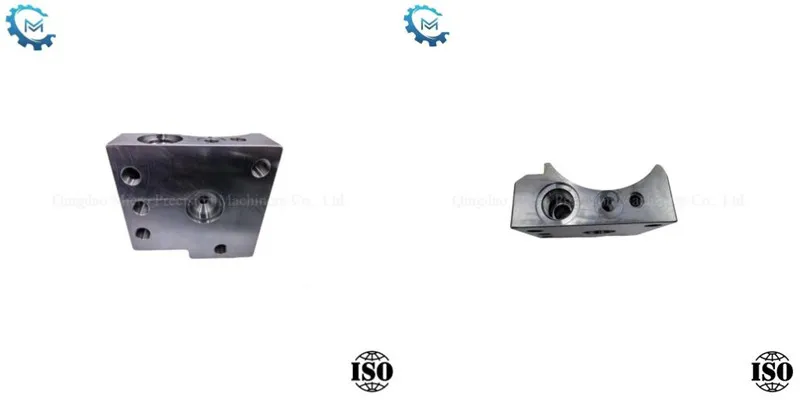- English
- Español
- Português
- русский
- Français
- 日本語
- Deutsch
- tiếng Việt
- Italiano
- Nederlands
- ภาษาไทย
- Polski
- 한국어
- Svenska
- magyar
- Malay
- বাংলা ভাষার
- Dansk
- Suomi
- हिन्दी
- Pilipino
- Türkçe
- Gaeilge
- العربية
- Indonesia
- Norsk
- تمل
- český
- ελληνικά
- український
- Javanese
- فارسی
- தமிழ்
- తెలుగు
- नेपाली
- Burmese
- български
- ລາວ
- Latine
- Қазақша
- Euskal
- Azərbaycan
- Slovenský jazyk
- Македонски
- Lietuvos
- Eesti Keel
- Română
- Slovenski
- मराठी
- Srpski језик
How to select valve block?
2025-01-21
The valve block is a key component in hydraulic systems and industrial fluid control systems. The correctness of its selection is directly related to the performance, reliability and economy of the system. In order to improve work efficiency and reduce costs, we should learn how to correctly select the valve block.
1. Clarify the purpose of the valve block in the equipment or device
Determine the working conditions of the valve block, the properties of the applicable medium, the working pressure, the working temperature and the operation and control method. Before selecting the valve block, we must first understand our application requirements. What is the temperature and pressure range of the fluid? How large is the flow rate? These are all what we need to consider.
2. Choose the right valve block type
According to the system requirements, choose the right valve block type, such as a single-head valve block, a double-head valve block or a multi-head valve block. Commonly used valve block types in hydraulic systems include two-way cartridge valve blocks, integrated valve blocks, etc.
3. Design and structural optimization
Appearance and size: The valve block is generally a rectangular hexahedron, and it can also be circular considering the installation space limitation.
Channel design: The diameter of the main channel should be determined based on the flow rate and flow velocity. The flow velocity of the pressure channel shall not exceed 8m/s, and the flow velocity of the return oil channel shall not exceed 4m/s.
Processing and connection: In order to reduce the flow resistance loss, the main channel can adopt a partial through-hole design; complex channels should be avoided as much as possible to simplify processing.
The interface type and size of the valve block should also be considered, and it should match the interface of the oil pipe, oil pump, actuator, etc. connected to it. For example, there are many specifications of common threaded interfaces, and the connection should be tight to prevent leakage.
4. Consider material selection
The material selection of the valve block depends on the properties of the fluid and the conditions of the working environment. Common materials include cast iron, stainless steel, plastic, etc. Make sure that the selected material is corrosion-resistant, high-temperature-resistant and wear-resistant to ensure the reliability of the valve block in long-term use.
5. Installation method
Plate type installation, stacking installation, etc. If the equipment is space-limited, it may be more suitable for a compact stacking installation valve block.
6. Functional requirements
Whether it is a system used for different functions such as direction control, pressure control or flow control, it is necessary to select a valve block with the corresponding function.





